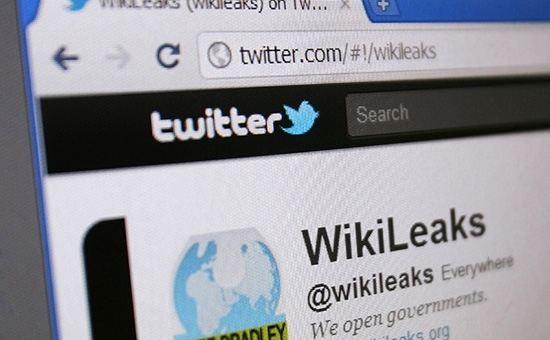 The story of WikiLeaks is both a chronicle of early 21st-century digital idealism and a study of the limits of transparency in an increasingly interconnected world. It begins with a central figure — Julian Assange — an Australian programmer, activist, and hacker who, from a young age, moved through the shadows of computer systems. Assange not only helped conceive WikiLeaks but envisioned it as a kind of moral sanctuary: a virtual space where secret documents, particularly those from governments and corporations, could be released to the public without filters, with the explicit aim of fighting corruption and abuses of power. The site was officially launched in 2006 and quickly drew attention for its peculiar mode of operation. Unlike a traditional news outlet, WikiLeaks didn’t produce conventional journalistic content; it operated more like a repository — an open vault where whistleblowers could anonymously and securely submit files. The technical architecture of the site was designed specifically to protect these sources. To achieve this, the initial programmers — including Assange and other collaborators who chose to remain anonymous — created a system inspired by advanced cryptographic practices, secure networks, and mirrored servers spread across multiple countries, making censorship and legal persecution much more difficult. Behind the scenes, WikiLeaks employed technologies like Tor — an anonymity network — and other cutting-edge encryption tools to construct an almost impenetrable barrier between the whistleblower and the published material. This became the ethical and technical foundation of the platform: to ensure the integrity of information while shielding its sources from retaliation, both legal and digital. The first major leaks — involving the Church of Scientology, corruption in Kenya, and internal documents from the Swiss bank Julius Baer — demonstrated the kind of global impact WikiLeaks could have. But it was in 2010 that the organization truly exploded into the global consciousness, following the release of a massive trove of U.S. military and diplomatic documents. These files, provided by Chelsea Manning, a former Army intelligence analyst, included the “Collateral Murder” video — showing an Apache helicopter firing on civilians in Iraq — along with hundreds of thousands of war logs from Afghanistan and Iraq, and an avalanche of diplomatic cables. The revelations laid bare the covert, often contradictory operations of American power across the globe, catapulting WikiLeaks into the eye of a political and media storm. The site came to be viewed, simultaneously, as both hero and villain. For some, it was a bulwark of free speech and international justice; for others, a threat to national security. This duality was reflected in the actions that followed: while Assange became a quasi-messianic figure for many activists, governments — especially the United States — began searching for both legal and extralegal ways to shut the project down. Pressure mounted when, also in 2010, Assange was accused of sexual misconduct in Sweden — allegations he denied, and which his supporters saw as part of a coordinated effort to discredit him and facilitate his extradition. Assange sought asylum in the Ecuadorian Embassy in London, where he remained for seven years. During this period, WikiLeaks continued to operate, but its structure gradually deteriorated, both technically and politically. The extreme centralization around Assange and internal conflicts with collaborators led to fractures and the departure of key figures. Security also became a major concern: the unmasking of Chelsea Manning, who ended up imprisoned, raised questions about the platform’s actual ability to protect its sources, and critics began to question WikiLeaks' indiscriminate release of documents — often published without redaction, putting innocent people at risk. Another critical turning point came in 2016, when WikiLeaks published emails from the U.S. Democratic Party, obtained by Russian hackers, according to independent and official investigations. The release ended up favoring Donald Trump’s campaign, and the site was accused of functioning as a geopolitical tool of foreign disinformation — a far cry from its founding ideals. For many, this marked the moment when WikiLeaks shifted from being a principled transparency platform to a player in the information warfare of the modern age. WikiLeaks' downfall culminated in 2019, when the Ecuadorian government withdrew Assange’s asylum and allowed British police to arrest him. Since then, he has faced extradition proceedings to the United States, where he is accused under the Espionage Act — a move that sets a dangerous precedent for investigative journalism around the world. The website itself lost its prominence, and both its technical infrastructure and public credibility suffered deep blows. Ultimately, the story of WikiLeaks is a narrative about the paradox of total transparency in a world full of necessary opacities. It’s also a cautionary tale: that even the most noble of ideas, when centralized, dogmatized, or poorly managed, can slip into authoritarianism or exploitation. In an era of mass surveillance, hybrid warfare, and digital manipulation, the legacy of WikiLeaks remains fervently debated — a symbol of resistance to some, a cautionary fable to others.


